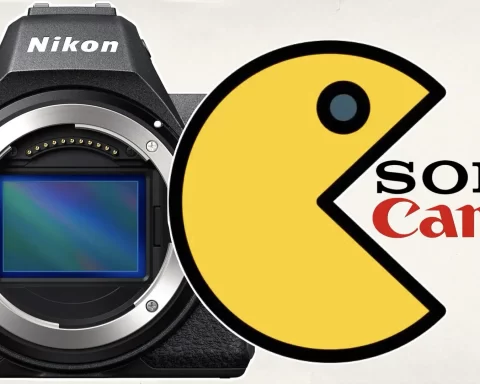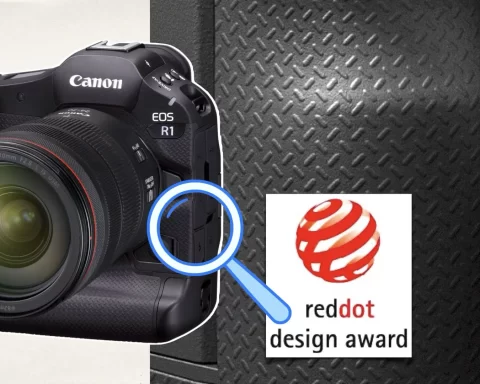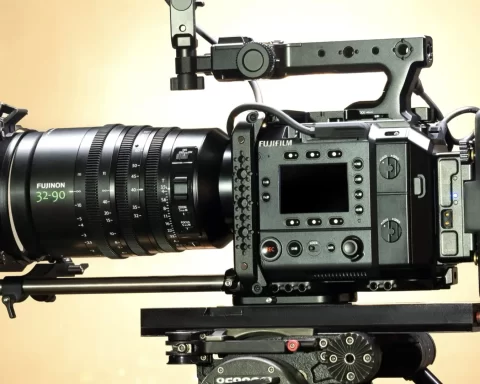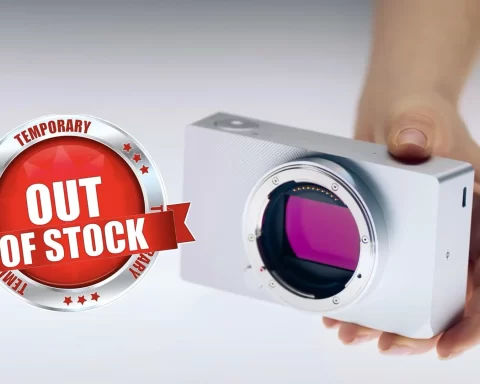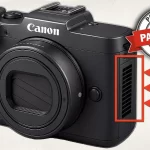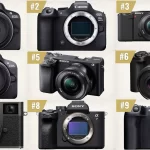A new patent application by Canon, demonstrates a vibrating mechanism/device located inside a camera, in order to initiate a “Tactile Sensation” (as explained in the application). The camera shown in the application implies the structure of the forthcoming R1. Does it mean the R1 vibrates when pressing ‘Record’? The patient’s highlights are below.
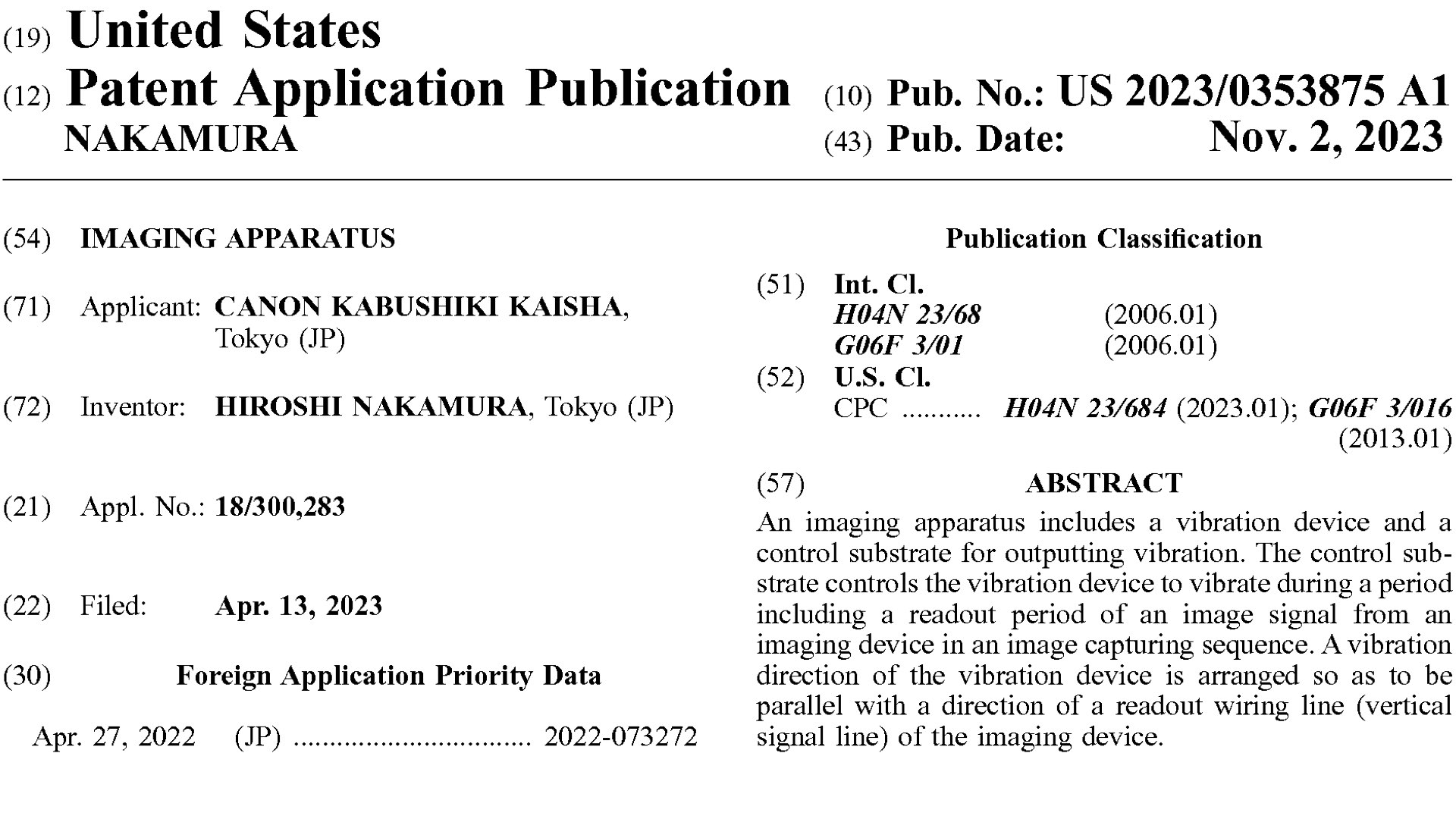
Canon patents a vibrating device inside a camera
One of Canon’s most recent patents, titled ‘Imaging Apparatus’, shows a vibration device implemented inside a flagship camera. As stated in the abstract: “An imaging apparatus includes a vibration device and a control substrate for outputting vibration. The control substrate controls the vibration device to vibrate during a period including a readout period of an image signal from an imaging device in an image capturing sequence. A vibration direction of the vibration device is arranged so as to be parallel with a direction of a readout wiring line (vertical signal line) of the imaging device”. Also, according to an aspect of the present disclosure, an imaging apparatus includes an imaging device, an operation unit configured to instruct an image capturing the start of the imaging device, a vibration device, a control unit configured to feedback a tactile sensation to a user by operating the operation unit to vibrate the vibration device, and a plurality of readout wiring lines configured to read out information from pixels in the imaging device” Canon adds that: “In a case where the control unit performs a feedback control of the tactile sensation using the vibration device during a readout period of an image signal from the imaging device in an image capturing sequence, the readout wiring lines are arranged in a direction parallel with a vibration direction of the vibration device”.
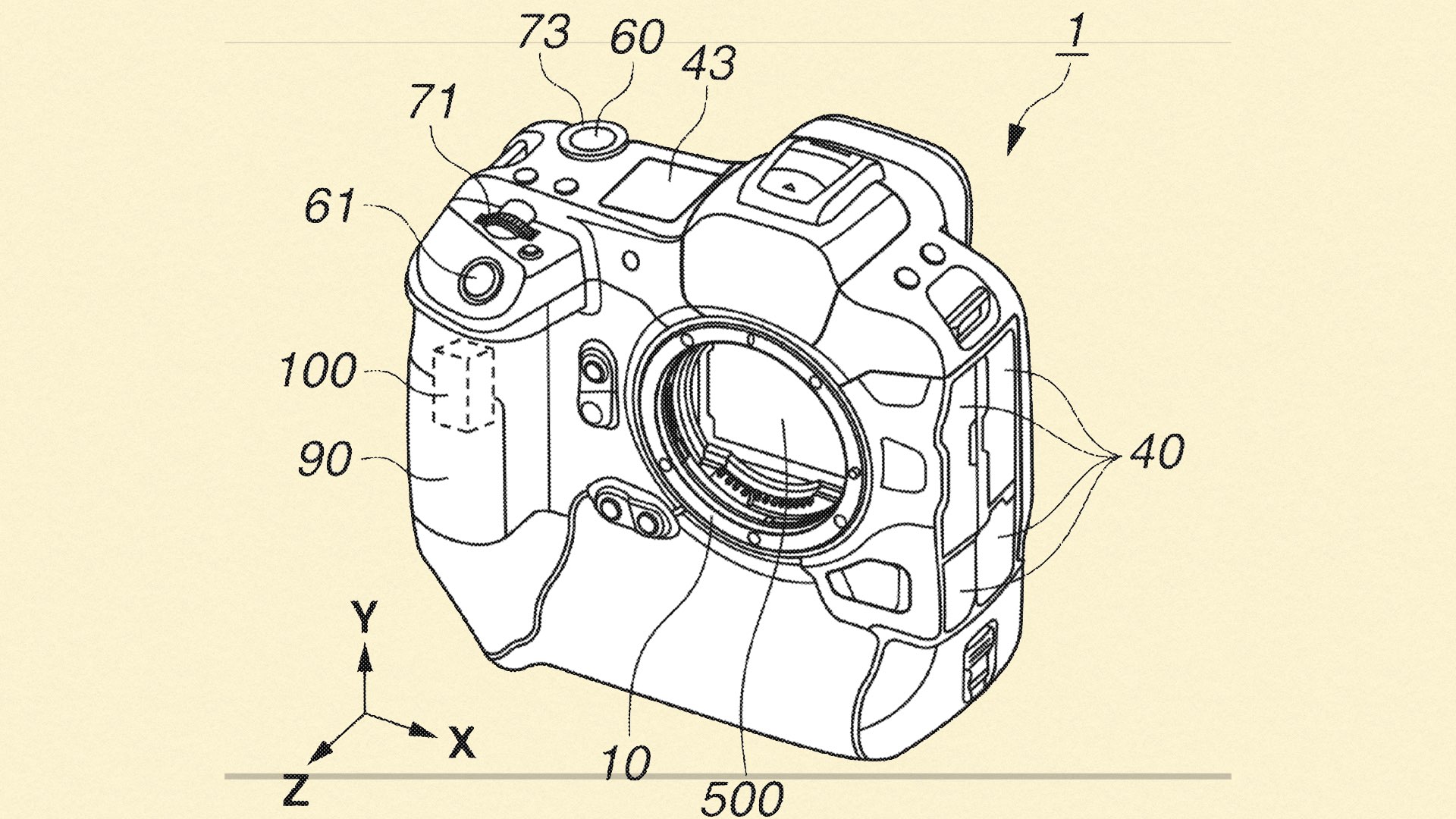
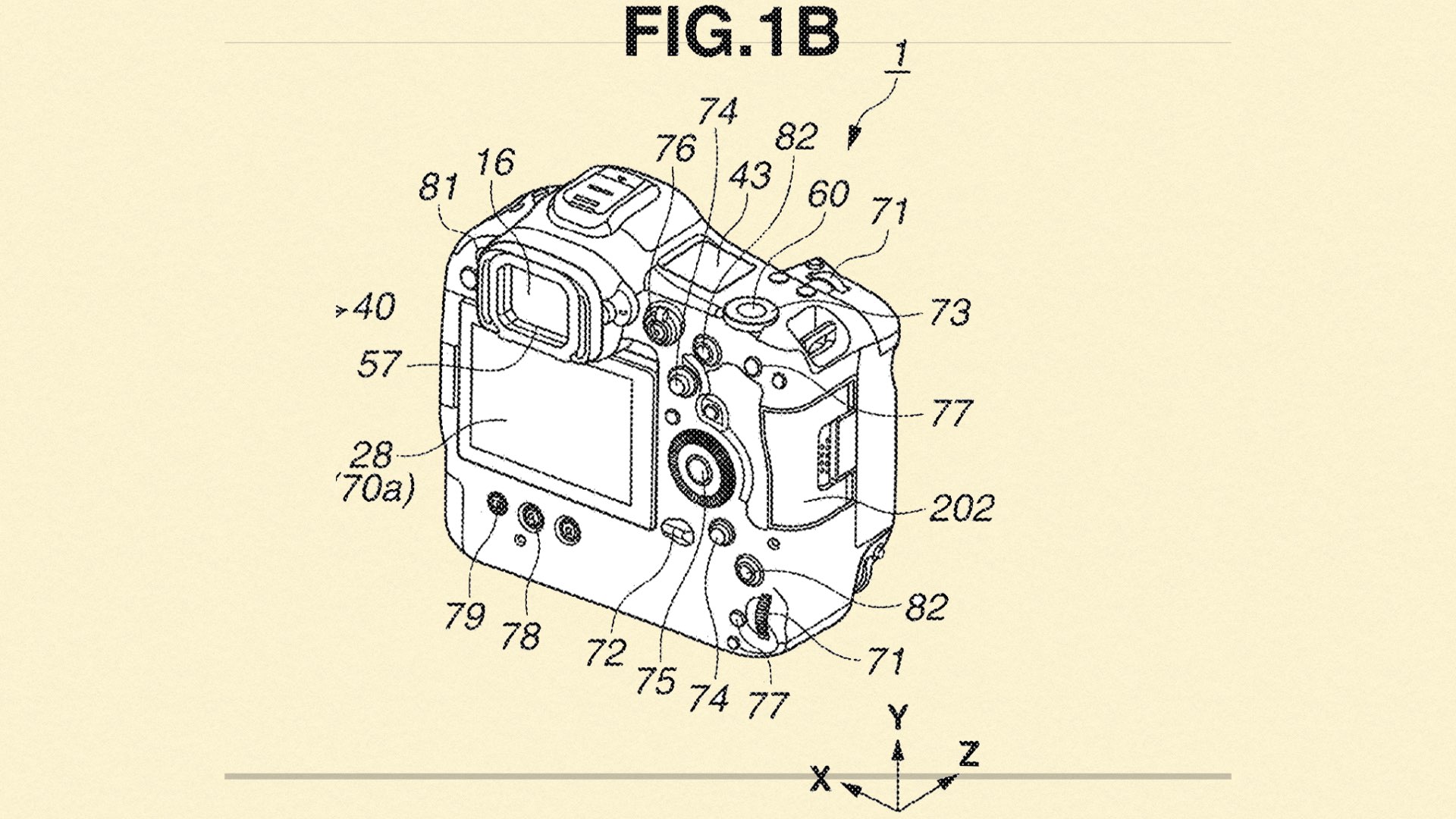
An imaging apparatus includes an imaging device, an operation unit configured to instruct an image capturing the start of the imaging device, a vibration device, a control unit configured to feedback a tactile sensation to a user by operating the operation unit to vibrate the vibration device, and a plurality of readout wiring lines configured to read out information from pixels in the imaging device.
Canon
The vibration device and haptics
Here are the patent’s highlights, related to the ‘Vibration Device’ described in the application:
- The present disclosure relates to an imaging apparatus including a vibration device and mounted on a digital camera, a smartphone, or other devices.
- A vibration device 100 is attached inside the front grip portion 90.
- The vibration device 100 for tactile sensation feedback control generates various kinds of vibrations depending on an image-capturing situation described below to apply the vibrations to the front grip portion 90.
- The vibration device 100 according to the present embodiment is a haptic element.
- Haptics is a technology that gives a skin sensation (tactile sensation) feedback to a user by applying force, vibration, and movement. The technology is also referred to as a haptics technology.
- The vibration device 100 is a vibration device, such as a linear actuator (LRA) type vibration device, a piezoelectric element type vibration device, or a voice coil (VC) motor type vibration device. It is possible to make variable settings of vibration parameters for a vibration intensity (vibration amplitude), and a vibration frequency, for example.
- By changing the vibration parameters, the vibration device 100 can generate various vibration patterns.
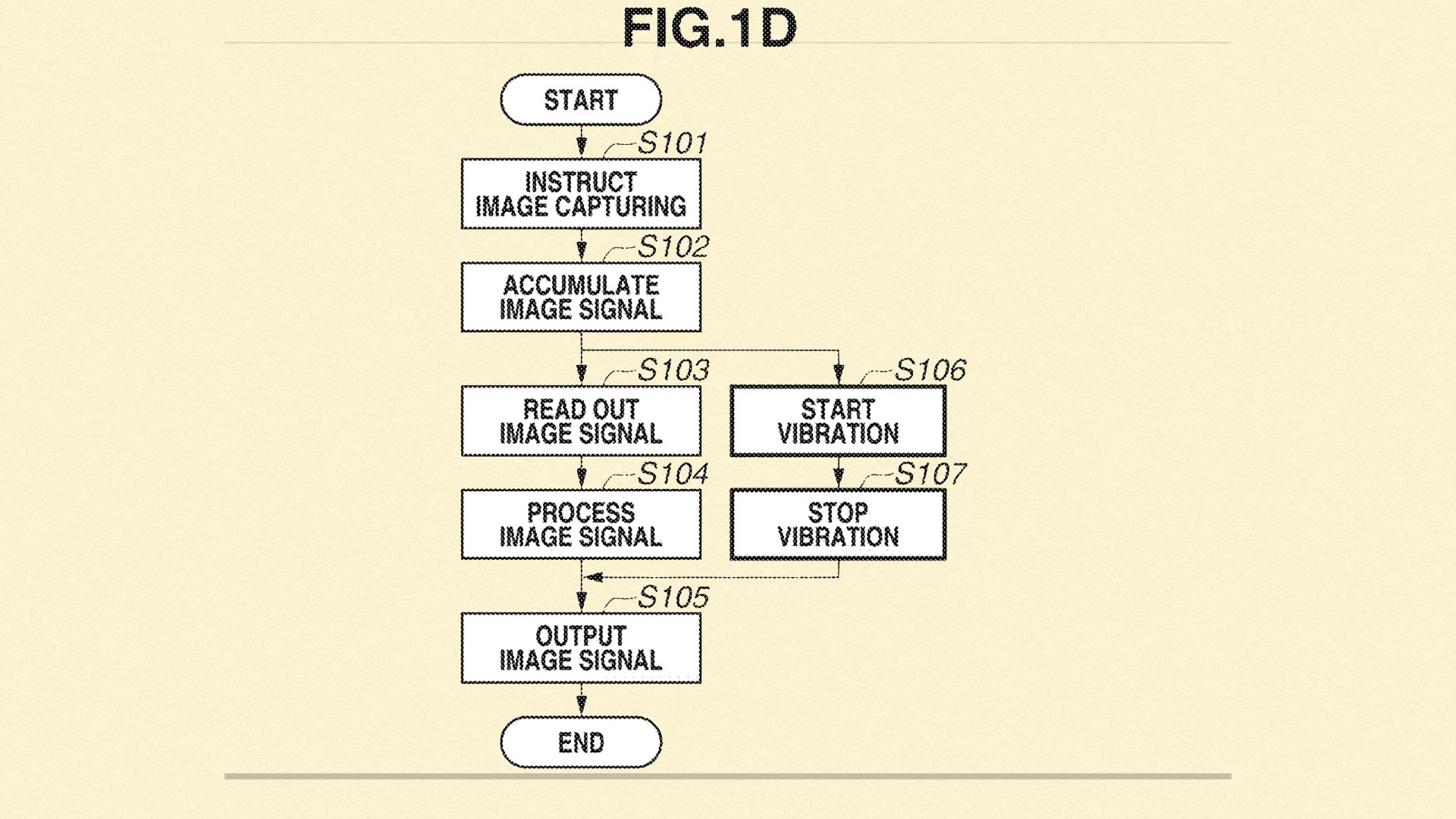
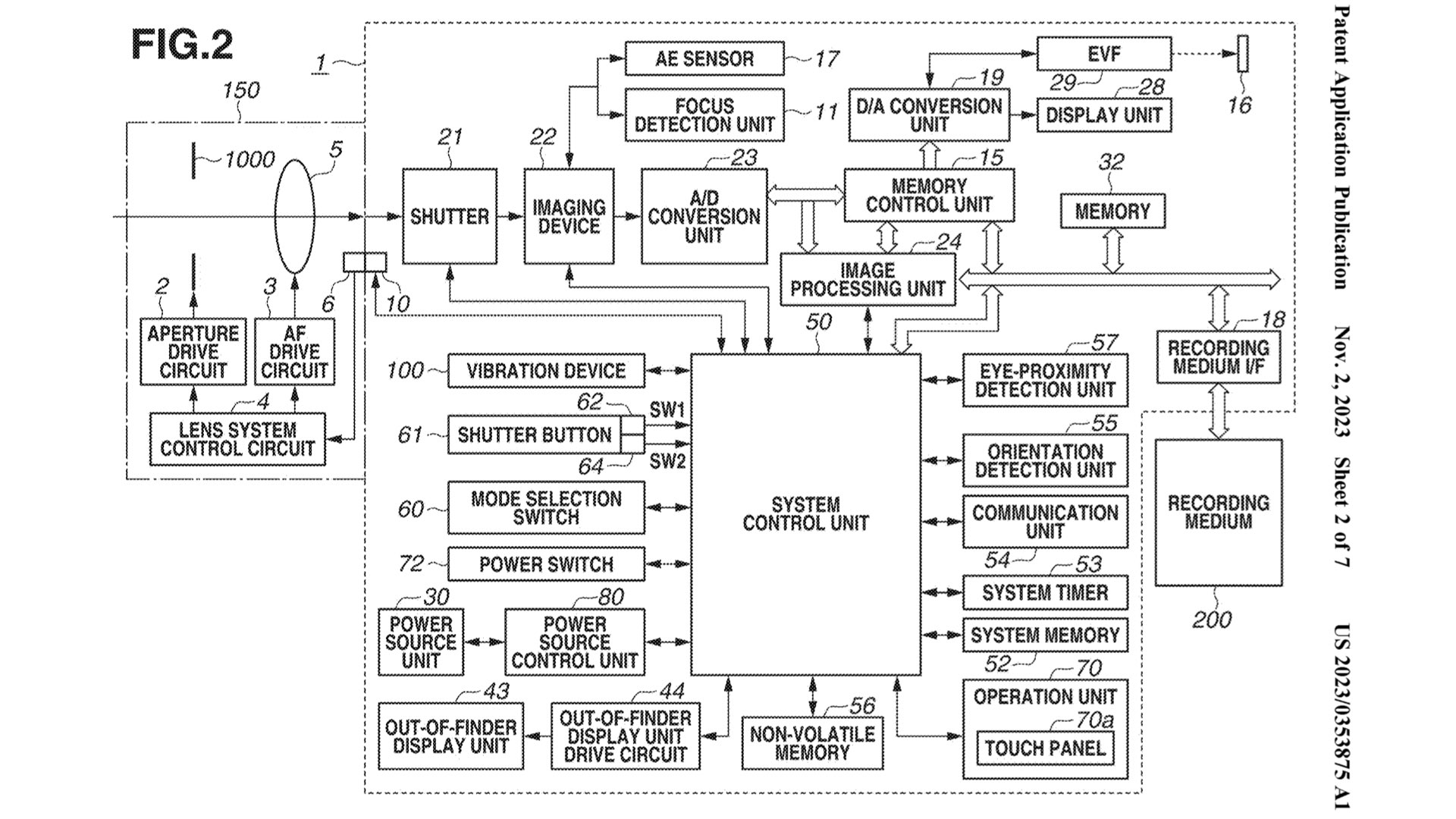
Initiate a ‘Tactile Sensation’
Canon’s patent application explains that: “Since the digital camera 1 that employs an electronic shutter does not generate a mechanical sound associated with the image capturing operation of the imaging device 22, it is desirable to cause a user to recognize the release operation started as a tactile sensation by vibrating the vibration device 100. The notification method using voice or sound has been widely used. Still, it is possible to notify the user of the release operation and start using vibration, even in a state where the user does not desire to generate sound”.
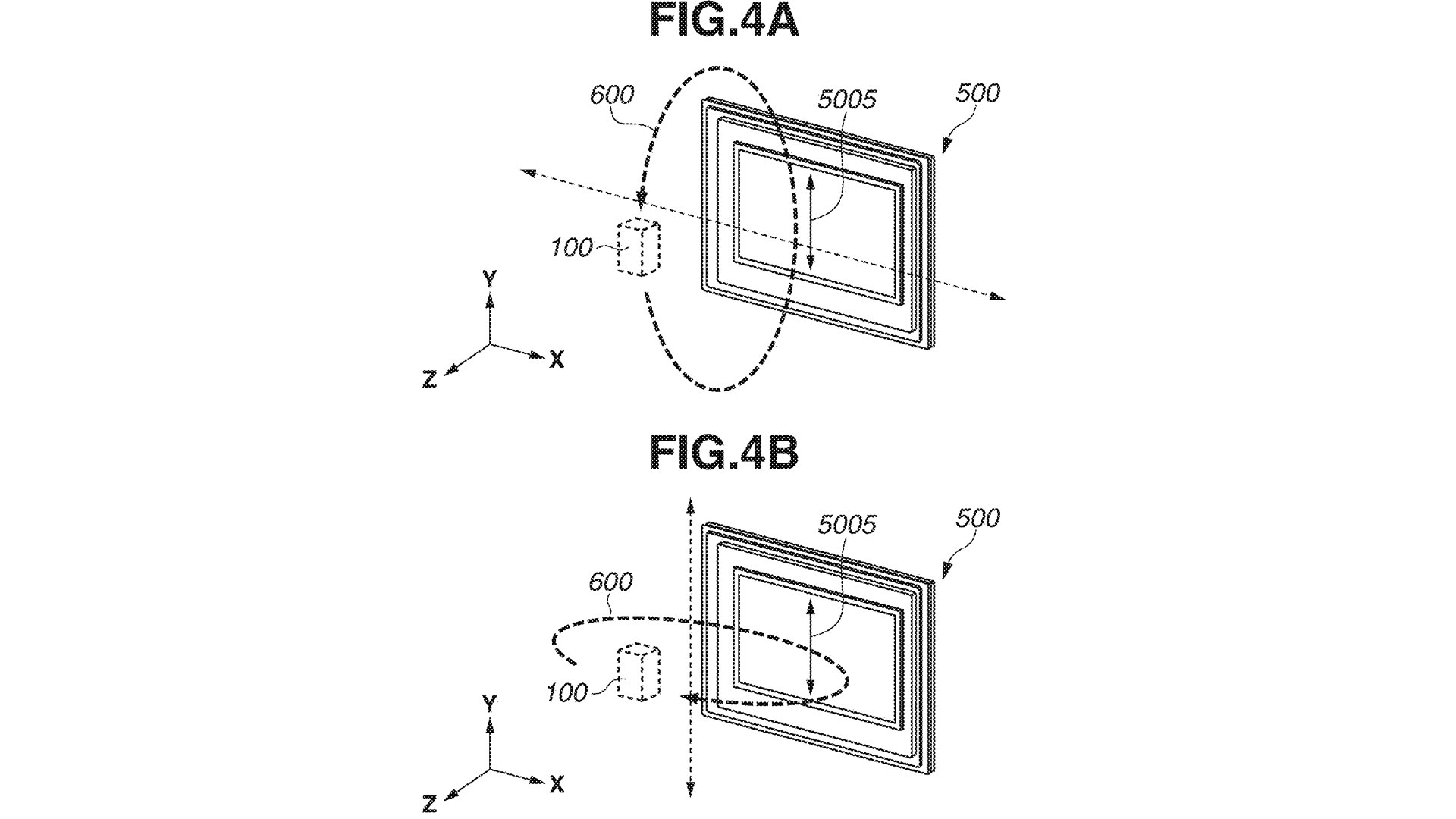
Relevant to EOS R1
As you can tell, the camera presented in the application reminds us of the design of the flagship R3. However, this patent will not be relevant to the R3, hence, it surely can be relevant to the anticipated R1. The idea is pretty simple and smart — A vibration (haptics/‘ Tactile Sensation’) will be initiated when pressing the record button. That would be a very efficient invention. The vibration will occur in the right hand (according to the figures presented in the application). What do you think about the idea? Will it be implemented in the forthcoming R1?
Product List
Here are the products mentioned in the article, and the links to purchase them from authorized dealers.
- Canon EOS R3 Mirrorless Digital Camera




